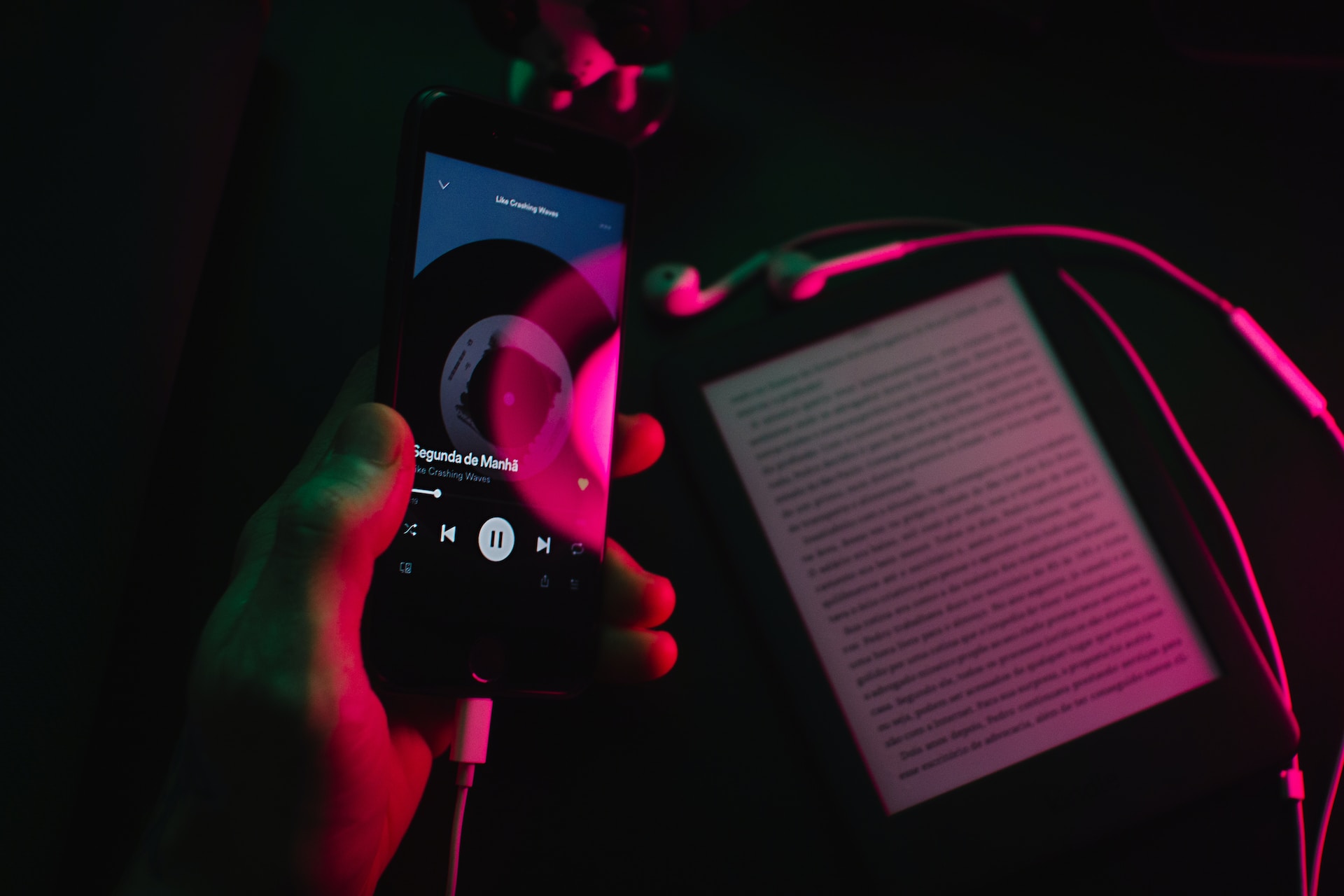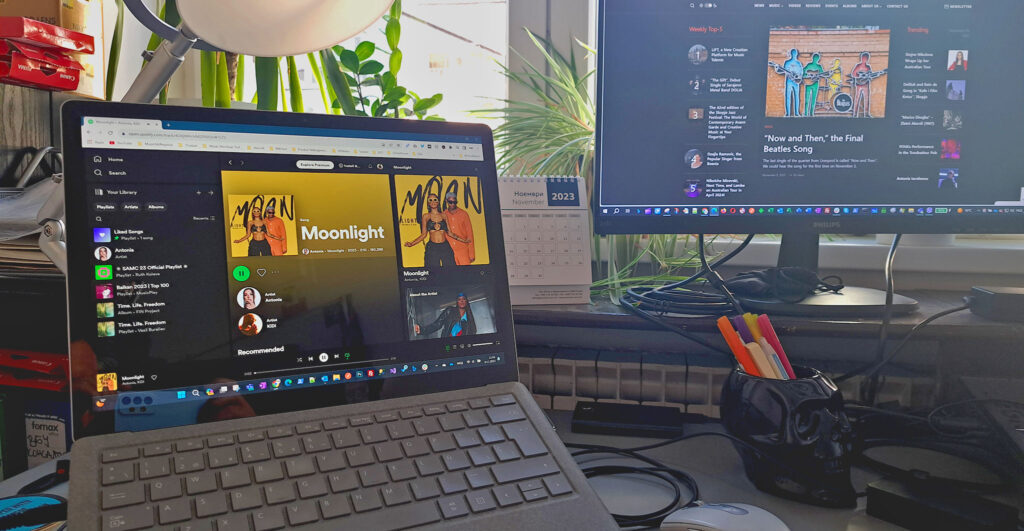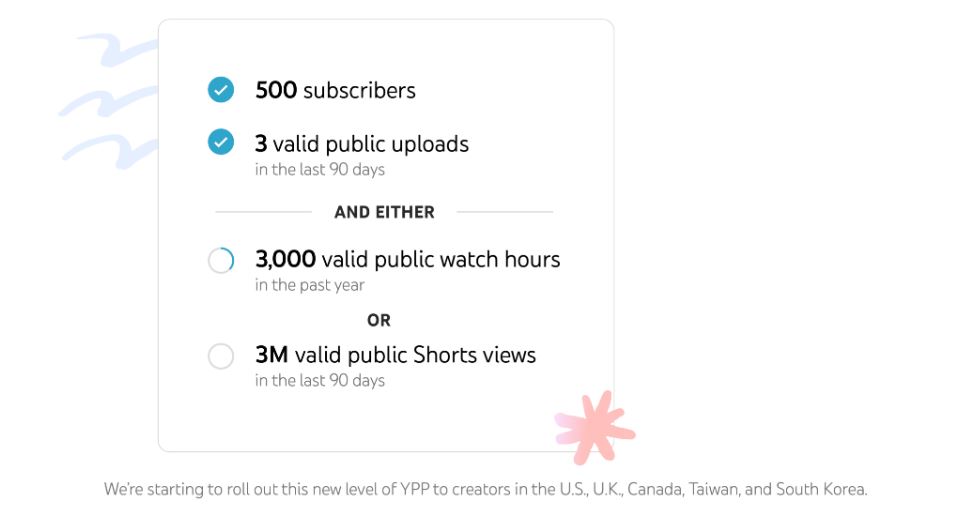In late October 2023, Spotify unveiled modifications to its monetization model, specifically addressing alterations in the compensation structure for copyright owners involved in streaming music or podcasts. These adjustments are scheduled to be implemented starting from 2024, with the initial disbursements anticipated to be received during the first quarter.
Creators of published content on Spotify will maintain their current payment structure based on the number of views or listens. Nevertheless, Spotify has announced three significant changes with the aim of increasing payments to creators. They identified three problem points that they want to eliminate. Over the upcoming five years, Spotify has outlined its intention to allocate $1 billion to copyright owners as part of this commitment.
Three Weaknesses in the Spotify Monetization Model
The adjustments to Spotify’s monetization model, stemming from three identified core weaknesses within the service, can be summarized as follows:
- Ability to monetize with no minimum streams/listens achieved
Spotify will introduce a condition for artists or content creators to utilize Spotify’s monetization model. A minimum threshold of annual listens will be set, and funds will only be paid out if this specified number is achieved. - Ability to monetize without minimum listening minutes achieved
Spotify will introduce a minimum length of playback or listening time that creators must reach to generate royalty payments. - Abuse and irregularities in the use of published content
Penalties for music distributors and publishers if prohibited activity is detected on songs they have uploaded to Spotify.
Changes to Spotify’s Monetization Model
Penalties for music distributors attempting to manipulate the system will be severe. Spotify will not only remove the affected songs or content, but will also impose substantial fines. This change is expected to be well-received, serving to differentiate genuinely popular musicians and publishers from those attempting to manipulate the system.
Minimum required listening time for content. The second change pertains to non-music tracks, referred to as “noise tracks” by Spotify, which include sounds like sleep music, ocean sounds, rain, and more. Previously, only thirty seconds of listening were required for a pay-out. However, some users exploited this by creating playlists with numerous 31-second songs to maximize earnings. Spotify is set to modify the minimum length required for a listen to be considered valid under its new monetization model criteria. As of now, specific details regarding the minimum length have not been disclosed.

Minimum number of listens required. It’s expected that the platform won’t face significant criticism for the first two modifications. However, the third change presents a different scenario, primarily impacting smaller content creators and publishers with limited listens. While these creators may not have earned substantial amounts from streams in the past, the upcoming adjustments mean they will no longer benefit from this revenue. Despite the modest financial returns, these funds provided a sense of satisfaction and progress, even if it was only a nominal amount like ten dollars.
Minimum Number of Streams per Month or Nothing
Arguably the most controversial modification involves the introduction of a minimum number of listens or streams that songs must accumulate to qualify for Spotify’s monetization model. Artists will now need their songs to earn at least 5 cents a month, equivalent to approximately 17 listens monthly or 200 listens annually. (Note: The figures of 17 streams per month or 200 streams a year have not been confirmed by Spotify at this time.)
According to data shared by Sound Campaign as of 31/08/2023, 78.4% of Spotify artists have fewer than 50 monthly listeners. This data does not refer to the songs, but exclusively to the music artists.

Earnings from songs that fall short of the minimum threshold for views will be pooled into a shared fund known as “streamshare”. At first glance, this seems like an insignificant amount, which it is, because it is a small amount for each publisher individually. However, most of the songs on Spotify belong to this group. The common fund is expected to amass tens of millions of dollars by aggregating these relatively small sums previously paid to rights holders under the new criteria. Ultimately, this pooled money will be redistributed to popular musicians, resulting in increased earnings. Music Business Worldwide, a British news service specializing in the global music industry, estimates this redistribution to amount to $40 million annually.
Setting minimum criteria for using Spotify’s monetization model is nothing new in the world of the modern music industry. This minimum has been applied by the YouTube service since 2018, which is constantly revised and upgraded. The popular video platform’s rules back then were 4,000 hours of content viewing per year and at least 1,000 subscribers to the channel.
The YouTube post from 13/06/2023: “From Fan Funding to Shopping: More ways for creators to earn on YouTube is also the last update of the minimum that should to be reached by those who publish content so that they can apply one of the monetization models of this service.

So far, most of the funds have been allocated to the most popular musicians, whether you listen to them or not. The reason for this is the complex algorithm that Spotify has when it comes to the distribution of assets. For an average user who listens to 500 songs per month, out of every $10 paid, only $2 will be paid to the songs you listen to, the remaining $8 is paid to the songs you don’t listen to.
Are Small Artists no longer useful to Spotify?
The changes will affect musicians the most, but not only them. Music distributors (digital music distribution services), platforms like DistroKid, TuneCore, CD Baby, IDJDigital will be equally affected by the changes. For unpopular performers, the earnings may be minimal and amount to a few dollars, but now they will be left even without these funds.
In the past (and probably now), no matter how small the artists were, they have played an interesting and crucial role in the development of Spotify as a platform and as a service. Every link shared on social networks like Facebook or Twitter brings traffic to Spotify. Of course, this is primarily on the “channel” or the song of the artist, but also on the platform itself. Just ask yourself how many times you’ve come to Spotify for one song and listened to a dozen more. Today the platform is big enough and there are enough users (content consumers) who use it directly without using links from social networks. But whether the decision to change Spotify’s monetization model will lead to Spotify losing the so-called “small” content publishers and thus potentially losing the previously mentioned free marketing and received views and listens to Spotify’s content is difficult to assess.
The problem is that if the big number of artists, which are “represented” by some of the distributors, don’t make money to pay the distributor’s services, their content may be deleted from Spotify.
Will this significantly affect the number of Spotify subscribers (music listeners), it remains to be seen. We are expecting reports after the first quarter of 2024 after Spotify’s new monetization model starts to be applied.
If you are a Musician, Look for Additional Income Sources
Curtis King TV has an interesting overview of the topic, which seems to be the best advice. Using a Reverse Royalty Calculator, they demonstrated how difficult it is to make money from music if the primary revenue channel is based on listening by music streaming services. It takes 2,874 streams on Spotify for a musician to earn just $10. This is certainly too much (or too little if you look at it from a financial point of view).
Instead of focusing on the listens themselves, the focus should be on building a fan base, an “organic” audience, and creating content or products (in the context of this article, songs) that will be interesting to the audience. Selling one album, one t-shirt or sweatshirt is significantly more realistic than nearly 3,000 listens for $10. It is interesting the address of Curtis King TV, which says that it is easier to sell one branded T-shirt or one album (CD or record) than to make 3,000 listens if they are compensated with $10.
Damian Keyes did not remain silent on the announced changes from Spotify. It’s always good to hear his perception of the happenings in the global music industry, which he usually conveys through his YouTube videos. If you are interested in the topic, we recommend his video “Spotify Is Coming For Your Royalties in 30 Days (English version).












